Filter by
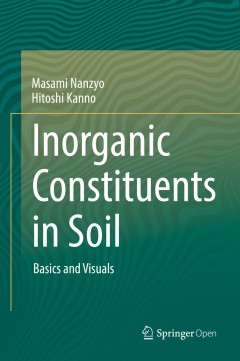
Inorganic Constituents in Soil
This open access book is a must-read for students of and beginners in soil science. In a well-organized and easy-to-follow manner, it provides basic outlines of soil minerals, new methods and recent developments in the field, with a special focus on visual aids. The chapters on primary minerals, secondary minerals, non-crystalline inorganic constituents and inorganic constituents sensitive t…
- Edition
- 1
- ISBN/ISSN
- 9789811312144
- Collation
- xi, 181 hlm,: ill, lamp; 21 cm
- Series Title
- -
- Call Number
- -
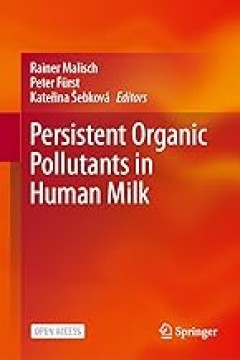
Persistent Organic Pollutants in Human Milk
This open access book reviews the trends of persistent organic pollutants (POPs) in human milk and discusses the main findings of five global surveys that were coordinated by the World Health Organization (WHO) and the United Nations Environment Programme (UNEP) from 2000 to 2019. Human milk was selected as core matrix for human exposure under the Global Monitoring Plan for effectiveness evalua…
- Edition
- -
- ISBN/ISSN
- 978-3-031-34085-7
- Collation
- XXVII, 683
- Series Title
- -
- Call Number
- -

Green Chemistry and Sustainability in Pulp and Paper Industry
This book features in-depth and thorough coverage of Minimum Impact Mill Technologies which can meet the environmental challenges of the pulp and paper industry and also discusses Mills and Fiberlines that encompass “State-of-the-Art” technology and management practices. The minimum impact mill does not mean "zero effluent", nor is it exclusive to one bleaching concept. It is a much bigg…
- Edition
- -
- ISBN/ISSN
- 978-3-319-18743-3
- Collation
- XVI, 258
- Series Title
- -
- Call Number
- 574 BAJ g
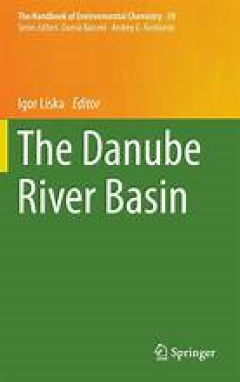
The Danube River Basin
This volume offers a comprehensive review of the chemical, biological and hydromorphological quality of the Danube. The first part examines the chemical pollution of surface waters, focusing on organic compounds (with special emphasis given to EU WFD priority substances and Danube River Basin specific pollutants), heavy metals and nutrients. Attention is also given to pollution of groundwater a…
- Edition
- -
- ISBN/ISSN
- 978-3-662-47739-7
- Collation
- XV, 523, 60 b/w illustrations, 125 illustrations in colour
- Series Title
- The Handbook of Environmental Chemistry
- Call Number
- -
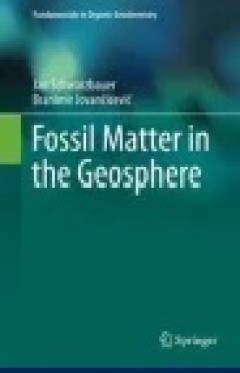
Fossil Matter in the Geosphere
The first volume in this new text book series covers comprehensively relevant aspects related to the appearance and characterisation of fossil matter in the geosphere such as kerogen, oil, shales and coals. As organic geochemistry is a modern scientific subject characterized by a high transdisciplinarity and located at the edge of chemistry, environmental sciences, geology and biology, there cl…
- Edition
- -
- ISBN/ISSN
- 978-3-319-11938-0
- Collation
- VIII, 158 pages
- Series Title
- Fundamentals in Organic Geochemistry
- Call Number
- -
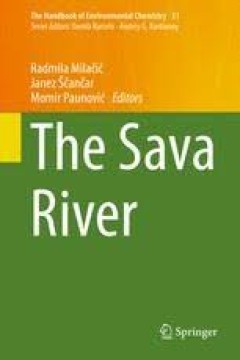
The Sava River
This volume provides a comprehensive overview of environmental aspects of the Sava River, which is the greatest tributary to the Danube River and the major drainage river system of South Eastern Europe. Hydroelectric power plants, river traffic, intensive agricultural activities, heavy industry and floods have considerable influence on the environment and biota in the basin. Summarizing the res…
- Edition
- -
- ISBN/ISSN
- 978-3-662-44034-6
- Collation
- -
- Series Title
- -
- Call Number
- -
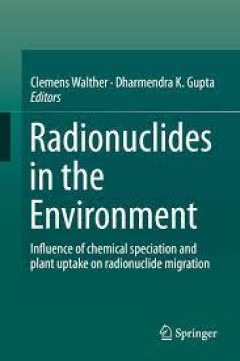
Radionuclides in the Environment Influence of chemical speciation and plant …
This book provides extensive and comprehensive information to researchers and academicians who are interested in radionuclide contamination, its sources and environmental impact. It is also useful for graduate and undergraduate students specializing in radioactive-waste disposal and its impact on natural as well as manmade environments. A number of sites are affected by large legacies of was…
- Edition
- -
- ISBN/ISSN
- 978-3-319-22171-7
- Collation
- -
- Series Title
- -
- Call Number
- -

Effects of Herbicide-Tolerant Crop Cultivation Investigating the Durability …
Overall, this work identifies key points to be taken into account when drawing up guidelines that govern the use of herbicide-tolerant (HT) crops in order to preserve the effectiveness of this innovation over time. This multidisciplinary expert report, based on an international literature review, assesses the effects of the cultivation of crops possessing HT traits. HT crops may appear to be u…
- Edition
- -
- ISBN/ISSN
- 978-94-024-1007-5
- Collation
- -
- Series Title
- -
- Call Number
- -

Hydrogen Production and Remediation of Carbon and Pollutants
This book details first the chemistry of hydrogen production from biomass. Solutions to the CO2 issue are given in three chapters, which describe CO2 photo catalytic reduction, CO2 sequestration in terrestrial biomass, and plants as renewable fuels. Further chapters review the selenium cycle in ecosystems, advanced processes to treat water and ecological ways to dye textiles. Society growth…
- Edition
- -
- ISBN/ISSN
- 978-3-319-19374-8
- Collation
- VII, 290
- Series Title
- -
- Call Number
- 615.19 HYD

Environmental Photochemistry Part III
This volume builds on the previous two editions, Environmental Photochemistry Part I and Part II, which reflect the diverse range of activities in this highly dynamic research field. The chapters cover fundamental topics, from photocatalyst materials, surface-modified materials, reaction kinetics and reactor modelling, to translational research activities on chemical synthesis, energy conversio…
- Edition
- -
- ISBN/ISSN
- 978-3-662-46795-4
- Collation
- 79 b/w illustrations, 70 illustrations in colour
- Series Title
- -
- Call Number
- -
 Computer Science, Information & General Works
Computer Science, Information & General Works  Philosophy & Psychology
Philosophy & Psychology  Religion
Religion  Social Sciences
Social Sciences  Language
Language  Pure Science
Pure Science  Applied Sciences
Applied Sciences  Art & Recreation
Art & Recreation  Literature
Literature  History & Geography
History & Geography